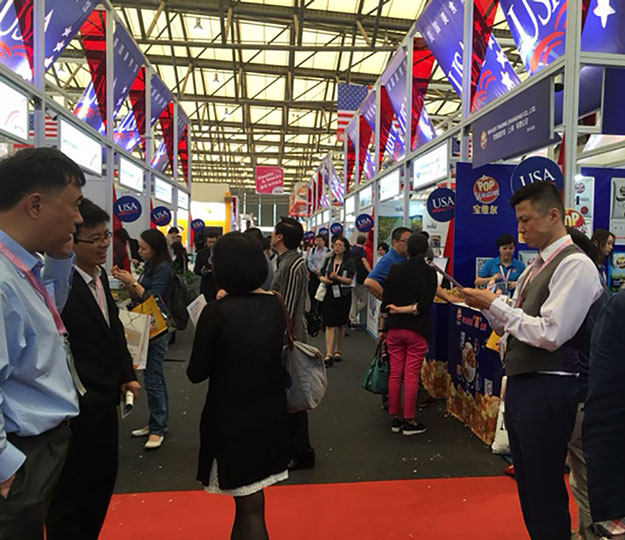 U.S. products on full display at international trade show
U.S. products on full display at international trade show
Feb 21, 2018
WASHINGTON, DC -- A study by Informa Economics, IEG on the competitiveness of U.S. export development programs in relation to other countries shows the European Union and others spent close to $1 billion on agricultural export promotion in 2016, outspending the United States 4 to 1. Competitor spending increased 70 percent since 2011, while U.S. export promotion declined by about 12 percent over the same period.
Though outspent in real dollars, the study found U.S programs may be more effective in promoting exports in some ways. U.S. programs focus on long-term export goals, allow smaller industries to conduct marketing efforts that could not otherwise occur, include more sectors by seeking out a wider range of commodity involvement, and encourage greater industry participation and collaboration between the government and private sector.
Few cooperators demonstrate this more robustly than the U.S. rice industry that contributes $7 for every $1 received from the Market Access Program (MAP) and Foreign Market Development (FMD) export promotion programs.
The effectiveness of the MAP and FMD export promotion programs, coupled with increasing foreign competition, and the effective reduction in program spending over the last several years has led USA Rice and other cooperators to request that funding for the programs be doubled.
“This was one of our key messages last week during our annual fly-in when more than 100 USA Rice members visited with every Member of the House and Senate agricultural committees,” said USA Rice President & CEO Betsy Ward. “We touted the successes of the MAP and FMD programs for not only our industry but for all of agriculture and their role in aiding a U.S. agricultural trade surplus of $21.3 billion in FY2017. The fact that U.S. promotion efforts produce more with less is laudable but, in the end, not sustainable as we face fierce competition in the global marketplace.”